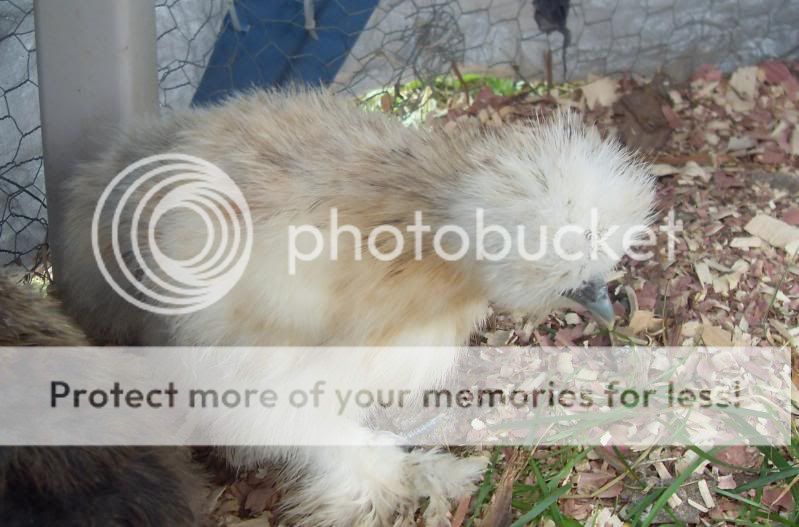Quote:
ment that the three already have large combs and big blue coloring on lobes, but no waddles yet. or for that matter anyone with detailed pics or descriptions of how they develop each??? guy said certain almost the two were female, and could have gotten a male mixed in from size of third, but then again two were runts he said, so he couldnt be blamed if it wasnt cockerel. wondering if i should be on look out for nice tiny male cockerel in my area, or someone who would ship one for just good home as indoor pet, as mostly the cockerels are even expensive.
Bearded silkies often have little to no wattles, regardless of gender. Beards by themselves reduce wattle size; add in selective breeding and wattles go away. Many breeders prefer that silkies have relatively small combs. I really do not mind larger, but well-shaped combs on males, but large combs on females is something I would definitely cull for. Earlobe colour has nothing to do with gender.
i dont mean the combs are huge, just developing, and ear lobes getting color and more than just tiny bald dots, so was wondering if they were even old enough at half grown to tell sexes, but knowing abut the waddles is a very big help, thank you, as otherwise id be wondering about why they never grew in either way if had the one being male or not.
how soon can a silkie go broody?





